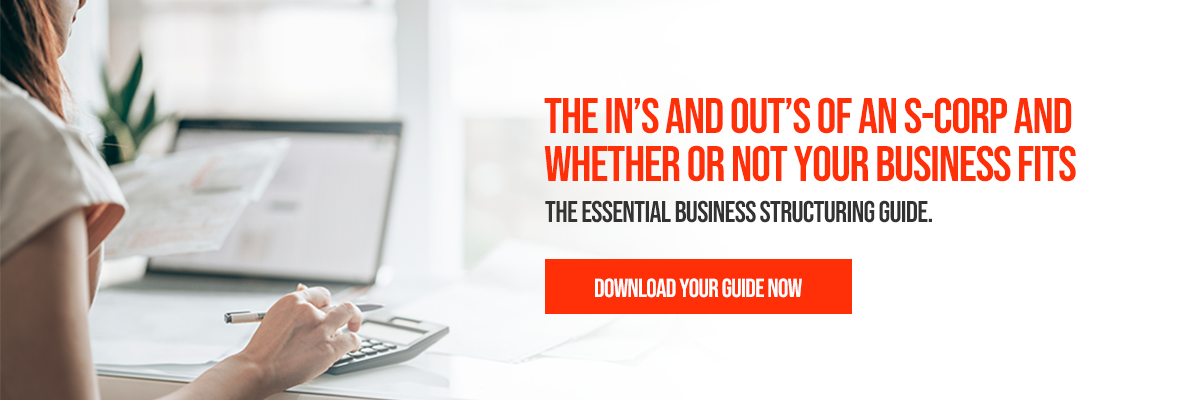What Is a Tax Form 941?
Tax compliance—two words guaranteed to make any business owner groan, yawn, or shiver. In particular, the IRS pursues 941 payroll tax issues aggressively, which often results in large penalties and fines.
The Fed collected non-return penalties amounting to just under $5 billion. To small businesses throughout the country, this is money they would rather not lose. Whether your payroll tax issues arise from ignorance or accident, it's time to work them out.
Solving your payroll tax issues starts with understanding what is a tax form 941. Whether you hire a professional accountant to handle payroll or do the paperwork yourself as a business owner, you need to understand the dynamics of filing tax form 941 correctly.
What Is IRS Form 941?
Tax Form 941 is the Employer's Quarterly Federal Tax Return Form. It is where businesses report the income and payroll taxes they withhold from their employee's wages, as well as reporting employer Medicare and Social Security tax obligations.
The IRS Form 941 captures all the information businesses need to report and calculate withholding tax and other employer tax obligations. This includes reporting:
- Wages you paid to employees
- All tips that employees reported
- The federal income tax you withheld from your employee's wages
- Both employer and employee shares of Medicare and Social Security taxes
- Any additional Medicare taxes withheld from employee's paychecks
- Payroll tax credit for increasing research activities—for qualified businesses only
- Adjustments in the current quarter for Medicare and social security taxes for sick pay, tips, group-term life insurance, and fractions of cents
Tax Form 941 does not include pensions, annuities, or winnings from gambling activities.
Who Needs to File a Form 941?
Most businesses that pay wages to one or more employees are required by law to file their tax returns quarterly as opposed to monthly or annually, with a few exceptions:
- Some employers with a total tax liability of less than $1,000 may qualify for annual tax returns; these will file the Tax Form 944.
- If you are a seasonal employer, you don't need to file Form 941 in quarters when you haven't hired employees. You will need to indicate that when you do file the form.
- If you only employ farmhands, you will file the Tax Form 943 and Pub. 51 regulations because farm employees have different taxation rules.
- If you have independent contractors, they are not considered employees. You will file a 1099-MISC form for those instead.
- Families that hire household employees such as maids and nannies don't need to file the Tax Form 941 for them. Instead, use Form 1040 (Schedule H) and Pub. 926 regulations
Even if you don't have employees in some quarters or have no tax obligations to report, you must file the form unless yours is a seasonal business. This continues until you close the business or change its state of incorporation.
When to File Your Form 941
The IRS Tax Form 941 is filed each quarter and is due one month from the last day of the reporting period. In other words, the deadline for filing for the first quarter ( Q1, January 1 to March 31) is April 30.
For the second quarter (Q2, April 1 to June 30) your cutoff is July 31. Similarly, the deadline is October 31 for the third quarter and January 31 for the fourth quarter.
When the due date falls on a weekend or holiday, the form is due on the next business day. You get an extra 10 business days if you have already paid your tax dues in full and on time for that quarter.
The fastest way to file your business tax returns is through the federal IRS e-File system. However, if you file your tax returns by mail, the return date is reckoned by the date of postage.
How to Complete a Form 941 for Employer Tax Returns
If you want to avoid costly tax penalties, you need an efficient system for filing your business tax returns. Tax preparation is key to ensuring compliance.
#1. Gather Necessary Information
If you use payroll or accounting software, you should already have the information you need to file your Form 941. This includes basic business information like your address and employer identification number (EIN).
If you don't use such a system, gather the information you need ahead of time including:
- The number of employees you paid in that quarter.
- Total wages you paid during that quarter.
- Total federal income tax, Social Security tax, and Medicare tax you withheld during that quarter.
- Information on FICA tax (Taxable Social Security and Medicare wages) for the quarter.
- Employment tax deposits that you have already made for that quarter.
- Adjustments for sick pay, tips, group-life insurance, family leave packages, and more.
#2. Fill in the Sections on the Tax Form
The first section captures your business information before you get into Part 1. The first four lines of Part 1 will be filling out general information, all of which should be easy.
From there, you get to line 5 (Taxable Social Wages) with several calculations.
Taxable Social Wages or FICA tax contributions will be a percentage of each employee's salary. That's 12.4% Social Security Tax for the first $ 147,000 and 2.9% on the full salary for Medicare. As an employer, you pay half of both and deduct the other half from the employees' paychecks.
In other words, your payments will be 6.2% of each employee's wages, up to $147,000 in 2022, for Social Security insurance and 1.45% of all taxable wages for Medicare tax.
Use this information to fill out both columns in the section and follow the instructions. Filling out the forms can get technical. If you have issues or questions, we highly recommend watching the IRS' Small Business Tax Workshop videos for more information.
#3. Submit the Form, Payments, and Supporting Evidence
You can file your Tax Form 941 in different ways depending on where you are and whether you submit a deposit with it. Check out the IRS instructions on where to file your Form 941.
As we have mentioned, the easiest way will be to file the return online and make payments through EFTPS. Alternatively, you can mail in your tax form together with a cheque and payment voucher. You can only mail in payment for small amounts, typically less than $100 for monthly depositors or less than 2% of your total tax bill.
Get Help With Small Business Taxes in South Jersey
If you run a small business with few employees, filing your employer taxes should be very simple. Once you've got the process down pat, you only have to deal with the sheer boredom of crunching numbers.
Unfortunately, you can still make mistakes or file your returns late. For Schwartz and South Jersey small business owners, the accounting team at Schwartz & Associates could be what you need to take away the stress of tax compliance.
Let's get started on your taxes so that you can focus on growing your business today.



